How to Set Up a Fishing Rod for Beginners?
In this comprehensive guide, we will walk you through the step-by-step process of setting up a fishing rod, from selecting the right equipment to casting your line with confidence.
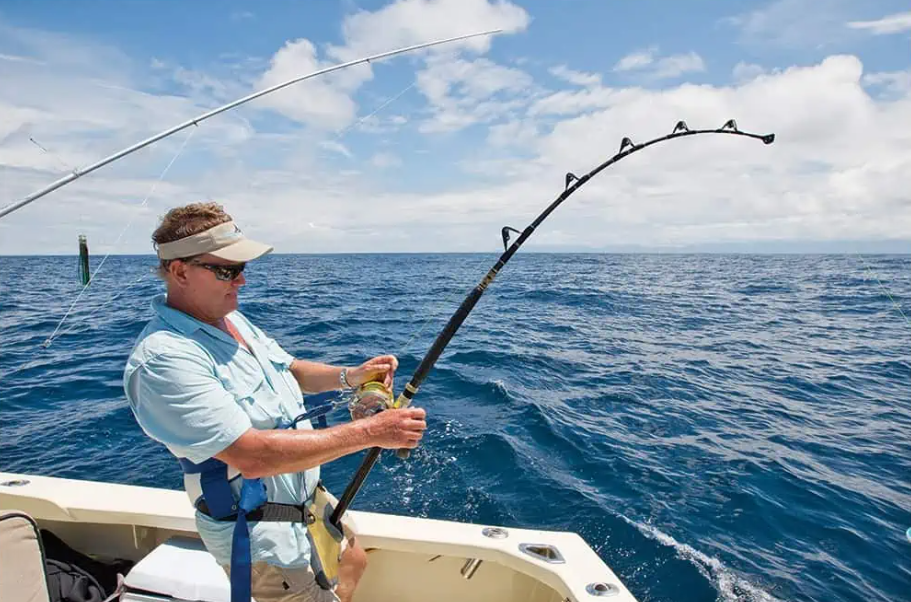
Step 1: Choose the Right Fishing Rod and Reel Combo
Selecting the right fishing rod and reel combo is the first step to ensure you have the appropriate gear for your fishing needs. For beginners, a versatile spinning rod and reel combo is highly recommended. Spinning reels are easy to use and suitable for various fishing techniques.
Opt for a medium-sized rod, around 6 to 7 feet in length. A medium power rating is ideal for handling a wide range of fish species and fishing scenarios.
Step 2: Assemble the Rod and Reel
Assembling your fishing rod and reel is a straightforward process, but it’s essential to do it correctly to ensure proper performance on the water.
Carefully join the rod sections together, making sure the guides align correctly. Avoid applying excessive force, as it may damage the rod.
Attach the reel to the reel seat located near the rod handle. Secure it in place by tightening the reel seat locking rings. Ensure the reel is properly aligned with the rod’s guides.
Step 3: Spool the Reel with Fishing Line
Choosing the right fishing line and correctly spooling it onto the reel is essential for smooth casting and successful fishing.
Select a fishing line that matches the reel’s line capacity and the type of fishing you plan to do. Monofilament lines with a breaking strength of 8 to 12 pounds are suitable for most beginner fishing scenarios.
Target Fish Weight (kg)Fishing Rod SpecificationFishing Line StrengthFishing Reel Type Up to 5 kgLight to Medium Action4–10 lbs (1.8–4.5 kg)Spinning Reel5–10 kgMedium Action8–15 lbs (3.6–6.8 kg)Spinning Reel10–20 kgMedium to Heavy Action12–25 lbs (5.4–11.3 kg)Spinning Reel20–30 kgHeavy Action20–40 lbs (9.1–18.1 kg)Spinning Reel or Baitcasting Reel30–50 kgHeavy to Extra Heavy Action30–50 lbs (13.6–22.7 kg)Baitcasting Reel50 kg and aboveExtra Heavy Action50 lbs and above (22.7+ kg)Baitcasting Reel or Conventional Reel
Tie the fishing line to the reel spool using an arbor knot. Slowly and evenly spool the line onto the reel, avoiding any tangles or loops.
Step 4: Thread the Line through the Rod Guides
Threading the fishing line through the rod guides ensures it flows smoothly during casting and retrieving.
Starting from the reel, guide the fishing line through each of the rod guides, including the tip-top guide located at the end of the rod.
Check for any knots or twists in the line and ensure it is properly threaded through all the guides.
Step 5: Select the Right Fishing Hook or Lure
Choosing the right fishing hook or lure is essential to attract the fish you want to catch. For beginners, starting with simple fishing hooks and live bait is a great approach.
Tie the selected fishing hook to the end of the fishing line using an improved clinch knot or a Palomar knot. If using lures, make sure to attach them securely to the line.
Step 6: Adjust the Drag on the Reel
The drag system on the reel allows you to control the tension on the fishing line during a fish fight. Properly adjusting the drag prevents the line from breaking when a fish pulls strongly.
Set the drag to a medium tension initially. As you gain experience, you can adjust it based on the size and strength of the targeted fish.
Step 7: Learn Basic Casting Techniques
Mastering basic casting techniques will help you cast your line accurately and reach the desired fishing spots.
Practice casting in an open area, such as a park or an open field, before going fishing. Learn both the overhead cast and the sidearm cast to adapt to different fishing situations.
Pay attention to the release of the fishing line during the cast to ensure a smooth and accurate delivery of your bait or lure.
Step 8: Be Patient and Stay Safe
Fishing is a patient person’s game, and success might not come immediately. Embrace the experience and enjoy the serenity of being outdoors.
Prioritize safety by wearing appropriate clothing and footwear, especially if you’re fishing from a boat or near water bodies.
Apply sunscreen to protect your skin from harmful UV rays, and stay hydrated during hot weather.
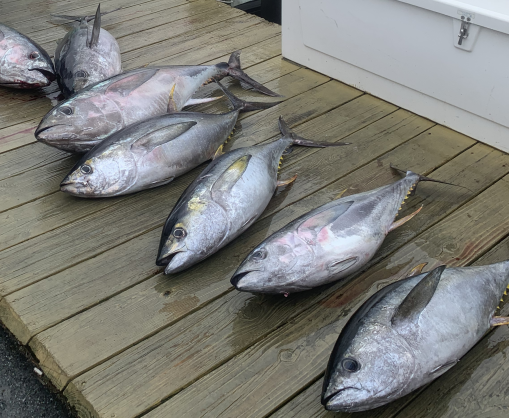
How to fight the target fish?
Fighting the target fish is a challenge for a beginner. What kind of fishing rod to choose, you must feel the strength of the fish and the direction of force. Fighting the target fish is the most exciting and challenging part of fishing. Successfully controlling and manipulating the fish’s movements, and gradually approaching them, requires skill and patience. The following are the general steps for wrestling a target fish, with examples:
Step 1: Slow down the drag
Adjust the drag system of the reel as soon as you hook the target fish. The purpose of slowing down the drag is to avoid applying excessive pressure that could break the line or unhook the fish mouth. Depending on the size and strength of the target fish, gradually adjust the drag to ensure the fish can feel the resistance, but also have enough room to swim.
For example: When you are fishing in the sea, you suddenly feel a strong pull on the fishing rod, which means that a large tuna is biting the hook. You quickly slow the reel’s drag to meet the rush of this powerful fish, while avoiding excessive strain on the line.
Step 2: Use the Elasticity and Flexibility of the Rod
The elasticity and flexibility of the fishing rod can absorb the sudden impact and resistance of the fish, thereby reducing the pressure on the fishing line and bait. Instead of trying to force the line back when the fish is pulling hard, use the elasticity of the rod to help cushion the fish’s motion.
Example: You are fishing in a freshwater lake and suddenly feel a large bass bite. The bass struggles to get off the bait, but you know it’s time for the rod. By holding the rod at a slight upward angle, you use the rod’s elasticity to ease the pull on the fish and prevent the line from breaking.
Step 3: Use the Tension of the Fishing Line
As the fight with the fish progresses, learn to feel the tension of the fishing line, and you can judge the movement and strength of the fish. When the fish swims toward you, you can loosen the line and let the fish bite the bait; and when the fish swims away, you can gradually tighten the line to bring the fish closer.
To illustrate: You are fishing in a river and suddenly feel a large salmon take the bait. You immediately feel the tension on the fishing line, indicating that the salmon are swimming downstream. You quickly tighten the line, letting the salmon feel the resistance, gradually guiding it closer to you.
Step 4: Patience and Caution
Fishing wrestling requires patience and caution. Avoid impatience and excessive force, especially when the fish is in a state of intense resistance. Waiting for the right moment, using the right technique, and sometimes even letting go of the line for a while can help you better control the fish’s movements.
Step 5: Keep Fish Under Control
Once you have successfully approached the target fish, make sure it is within your control. Try to avoid letting the fish swim towards obstacles or weeds, as this may cause the line to become tangled or snapped. Be patient and gradually lead the fish toward open water so you can better fight it.
Example: You’re fishing in a river and fighting a mighty puffer fish. You gradually steer it away from nearby trees and weeds, making sure it’s in open water so it can fight it better and reduce the risk of getting stuck.
Step 6: Make good use of fish fatigue
The process of fighting the target fish may gradually tire the fish, and this is your opportunity to close in on it. As you feel the fish grow weak and slow, gradually increase the amount of tension on the line, leading it closer to you.
Example: You’re out fishing and you’re battling a giant sailfish. As the fight progressed, the sailfish gradually became fatigued and slowed down their swimming. You immediately seize the opportunity to tighten the tension on the fishing line to gradually lead the sailfish towards your boat.
Step 7: Approach and Lift the Fish
When you bring your target fish up close, be ready to lift it ashore or pull it aboard. This is a careful step to avoid the fish struggling to escape when out of the water.
Example: You’re fishing in a lake and fighting a large cod. As the fish approaches the shore, you carefully lift it, making sure the cod’s mouth is firmly hooked, and quickly pull it out of the water.
Step 8: Release the Fish (If Needed)
If you are an angler who believes in protecting the sustainability of your fishery, you may choose to release your catch. When releasing fish, please ensure that it has enough strength and vitality to return to the water, and use the correct method to release it to avoid injury.
Example: You are fishing in the deep sea and you catch a giant dolphin fish. Because you advocate for the conservation of fish stocks, you decide to release them. After keeping the fish swimming in the water for a while, you carefully release it, allowing it to swim freely again.
No matter what kind of scene it is, a good fishing rod is irreplaceable. A good fishing rod will give you a stronger sense of trust and go all out to honor the target fish.
If you still can’t understand the above steps, then please consult our experts.
Conclusion:
Setting up a fishing rod for beginners is an essential skill that opens the door to a world of enjoyable and rewarding fishing experiences. By following this step-by-step guide and taking the time to practice your casting skills, you’ll be well-prepared to embark on your fishing journey confidently. Remember, fishing is not just about catching fish; it’s about being one with nature and creating unforgettable memories along the way. So, grab your fishing rod, head out to the water, and enjoy the tranquility and excitement that fishing has to offer. Happy fishing!
As a beginner, it is very important to choose a suitable fishing rod. With the accumulation of experience and your own habits, you will gradually find the most suitable fishing rod. Fighting with fish as a beginner is an exciting and exciting process, especially if you don’t have much experience, it is particularly important to choose the right fishing rod.
FAQ
Q1: How do I choose the right fishing rod?
A1: Select a fishing rod based on the type of fishing you plan to do and the species you want to target. Consider factors like rod length, power (strength), and action (flexibility) to match your fishing style.
Q2: What are the basic components of a fishing rod setup?
A2: A fishing rod setup typically includes the rod itself, a reel, fishing line, and terminal tackle (hooks, sinkers, etc.).
Q3: How do I attach the reel to the rod?
A3: Most rods have a reel seat where the reel foot can be inserted. Slide the reel foot into the reel seat and secure it using the reel’s locking mechanism.
Q4: How do I put fishing line on the reel?
A4: Open the bail of the reel, thread the fishing line through the rod’s guides, and tie it to the spool using a secure knot. Close the bail and start winding the line onto the spool evenly.
Q5: What type of fishing line should I use?
A5: Monofilament, fluorocarbon, and braided lines are common choices. Monofilament is versatile for beginners, while braided line offers high strength and sensitivity.
Q6: How do I set up the fishing rod with hooks, sinkers, and other tackle?
A6: Attach your desired tackle to the end of the fishing line. Use appropriate knots for different tackle components. For example, tie a hook using a clinch knot or a Palomar knot.
Q7: How do I choose the right hook size?
A7: Hook size depends on the fish species you’re targeting and the bait you’re using. Larger hooks are suitable for bigger fish, while smaller hooks work for smaller species.
Q8: How do I add bait or lures to the hook?
A8: If using live bait, thread it onto the hook carefully. For artificial lures, simply clip or tie them to the hook according to the manufacturer’s instructions.
Q9: How do I cast with a fishing rod?
A9: Hold the rod with one hand while releasing the bail of the reel with the other. Bring the rod back behind you and then swiftly cast it forward while releasing the line. Practice is key to mastering casting techniques.
Q10: How do I reel in fish once I’ve caught one?
A10: Keep the rod tip up to maintain tension on the line. Use the reel handle to retrieve the line while lifting the rod to guide the fish towards you. Be patient and avoid jerky movements.
Q11: How do I properly care for my fishing rod and reel?
A11: Rinse your rod and reel with freshwater after use to remove salt and debris. Store them in a cool, dry place to prevent rust or damage. Regular maintenance ensures their longevity.
Q12: Are there any safety tips I should be aware of?
A12: Always be aware of your surroundings while fishing, especially near water bodies. Use proper sun protection, wear appropriate clothing, and follow fishing regulations and guidelines in your area.
We hope these answers provide you with a better understanding of how to set up a fishing rod for beginners. Remember, practice and patience will help you develop your skills and make your fishing experiences more enjoyable. If you have more questions, don’t hesitate to ask experienced anglers or seek guidance from local fishing experts.
Come from https://better-leader.com/
Products
- Beer brewery equipment
- Craft brewing equipment
- Home brewing equipment
- Microbrewery equipment
- Commercial brewing equipment
- Industrial brewery equipment
- Pilot brewing system
- Brewhouse & Mash system
- Fermentation tank
- Bright / Brite tank
- CIP system
- Beer filling machine
- Pasteurizer
- Hop gun
- Yeast propagation equipment
- Beer concentration equipment
- Carlsberg flask
- Reverse osmosis water filtration systems
- Mobile water treatment systems
- Water Purification Equipment
- WFI equipment
- Purified water tank
- CIP system
- Multi effect water distiller
- Pure steam generator
- WFI tank
- Solution preparation tank
- Tube heat exchanger
- Storage and distribution system
- Liquid preparation system
- Demineralized water system
- Vapour compressor
News & Exhibitions
- Top 10 Fishing Tackle Suppliers 2024
- How to Set Up a Fishing Rod for Beginners?
- How to Choose the Best Saltwater Fishing Rods
- HiLaud Promo is a multi-tool promotional items supplier
- Mastering the Art of Tuna Fishing: The Power of Heavy Saltwater Fishing Rods
- What is draft beer?
- Beer fermentation and Degree of fermentation
- Automotive urea production equipment creates value
Contact
- Address : Block B, Headquarters Base ABP,No,2600,Zhuangjian Road,Weifang,Shandong,China
- Tel/Fax : +86-536-8800237
- Email : export@wemac.cn
- Joseph
- WhatsApp: +8617863612639
TAGS
- beer equipment
- craft beer equipment
- craft beer equipment
- beer brewery equipment
- beer brewing brewery
- brewery equipment for sale
- 2 vessels brewhouse
- beer brewing equipment
- beer brewery
- plate heat exchanger
- Gasketed Plate Heat Exchangers
- brewing kits
- beer brewery kits
- home mini beer brew kits
- Yeast propagation equipment
- beer fermenter
- beer bright tank
- top quality beer brewing system
- brewery beer fermetner and bright tank
- brewing equipment for sale
Newest Products

5BBL 600L Steam heating nano beer brewing brewery ...
Brewhouse is various in combinations of vessels, of course to achieve the same f...
More >>
China 500L nano brewery equipment for sale in USA
500L nano brewery equipment typically includes a 2-vessel brewhouse system with ...
More >>
Pro 2 vessels 5BBL craft brewery in Michigan
Professional beer brewhouse sale well in Michigan state,turnkey brewery services...
More >>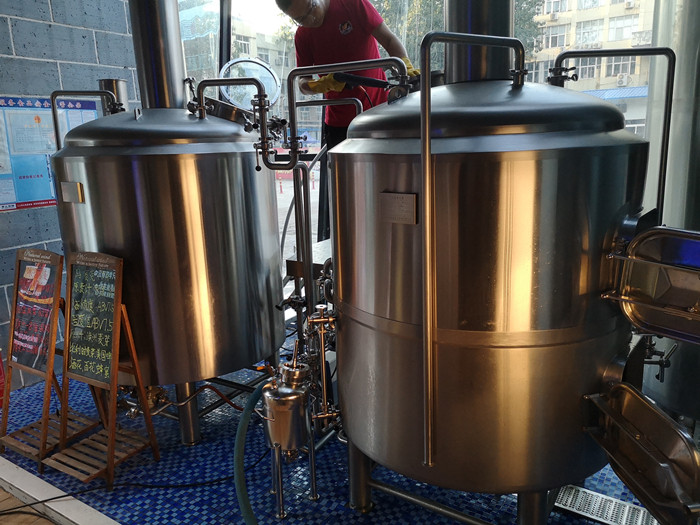
Beer brewhouse and fermentation tanks microbrewery
Beer fermentation tanks are a key component of a microbrewery, as they are where...
More >>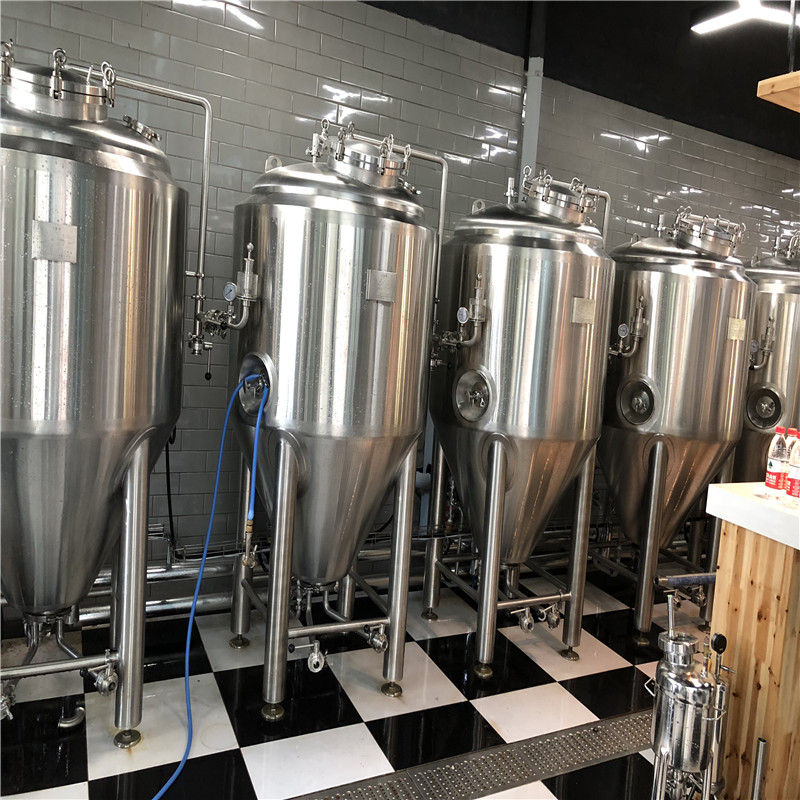
500L Small scale beer brewing equipment and brewin...
500L small scale beer brewing equipment is an ideal brewing system for small bre...
More >>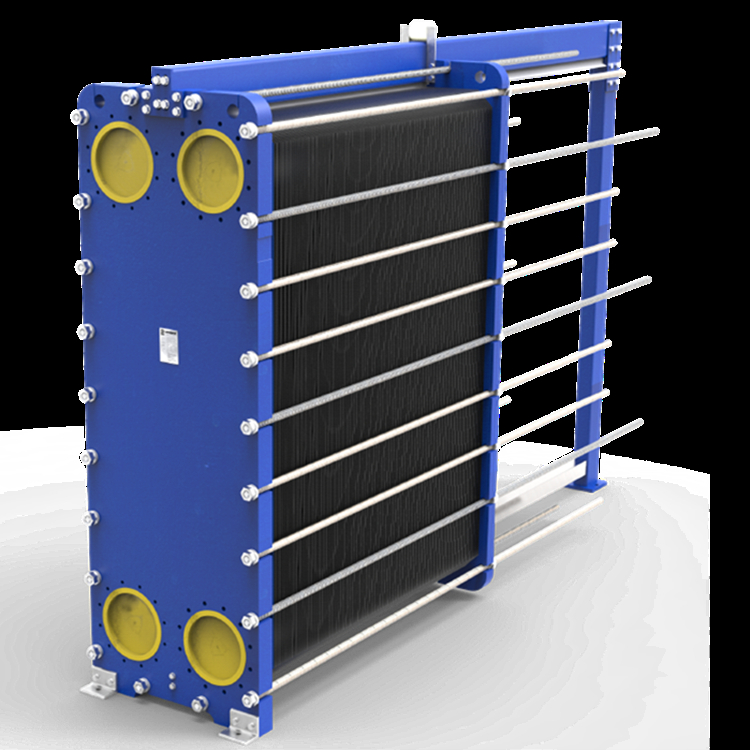
Best plate heat exchanger for beer brewery
The WEMAC plate heat exchanger (PHE) series is extensive, including multiple typ...
More >>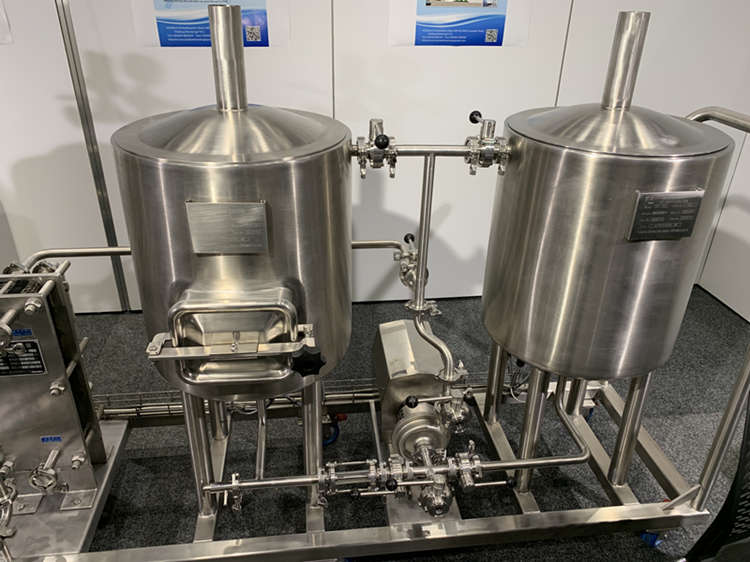
Home beer brew kits brewery equipment
This skid home brewing system is designed for craft brewing amateurs who has bee...
More >>
Top quality fermenter and beer bright tank
Brite or Bright Beer Tanks are also known as Beer Conditioning Tanks or Beer Ser...
More >>
4000L Commercial Beer Brewery Equipment
4000L four vessels craft beer brewing brewery system,gas steam heating,with a be...
More >>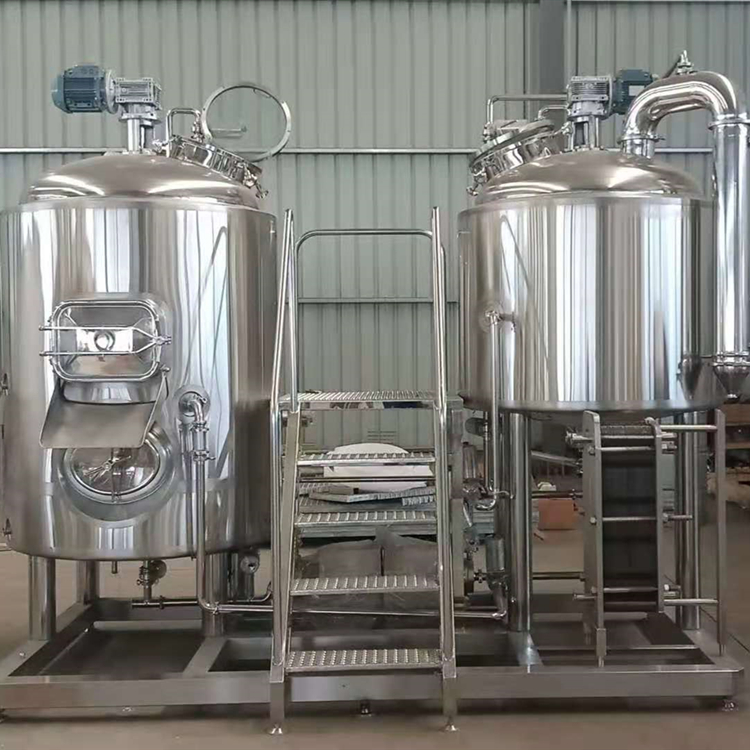
500L Top quality craft beer brewery equipment
Double vessels craft beer brewing brewhouse for sale,mash/kettle tun + lauter/wh...
More >>
4000L Five vessels turnkey beer brewery
Five vessels craft beer brewhouse system suppliers,Double mash tun+double kettle...
More >>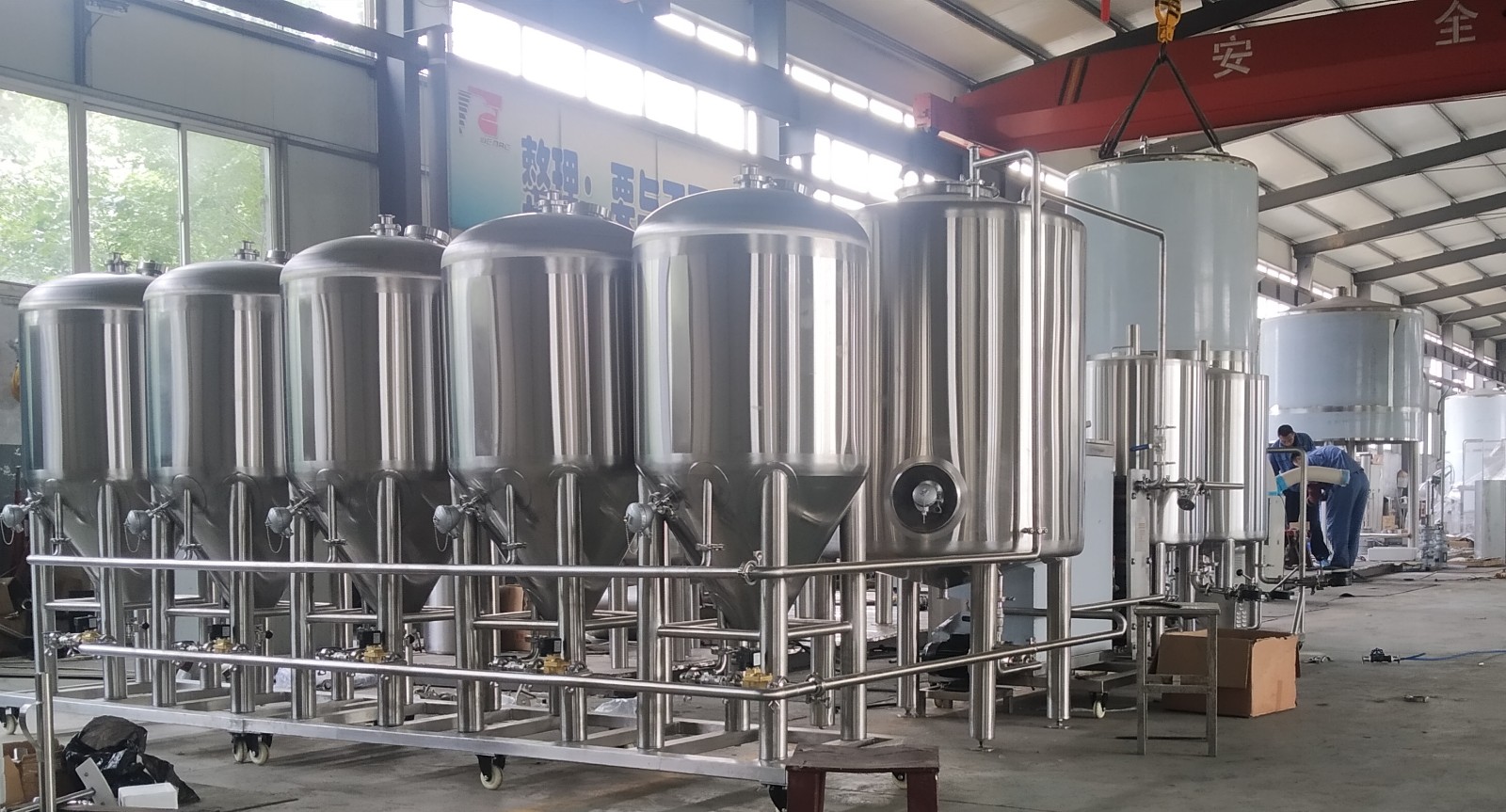
Venezuela professional stainless steel turnkey bee...
Venezuela professional stainless steel turnkey beer brewing system China factory...
More >>